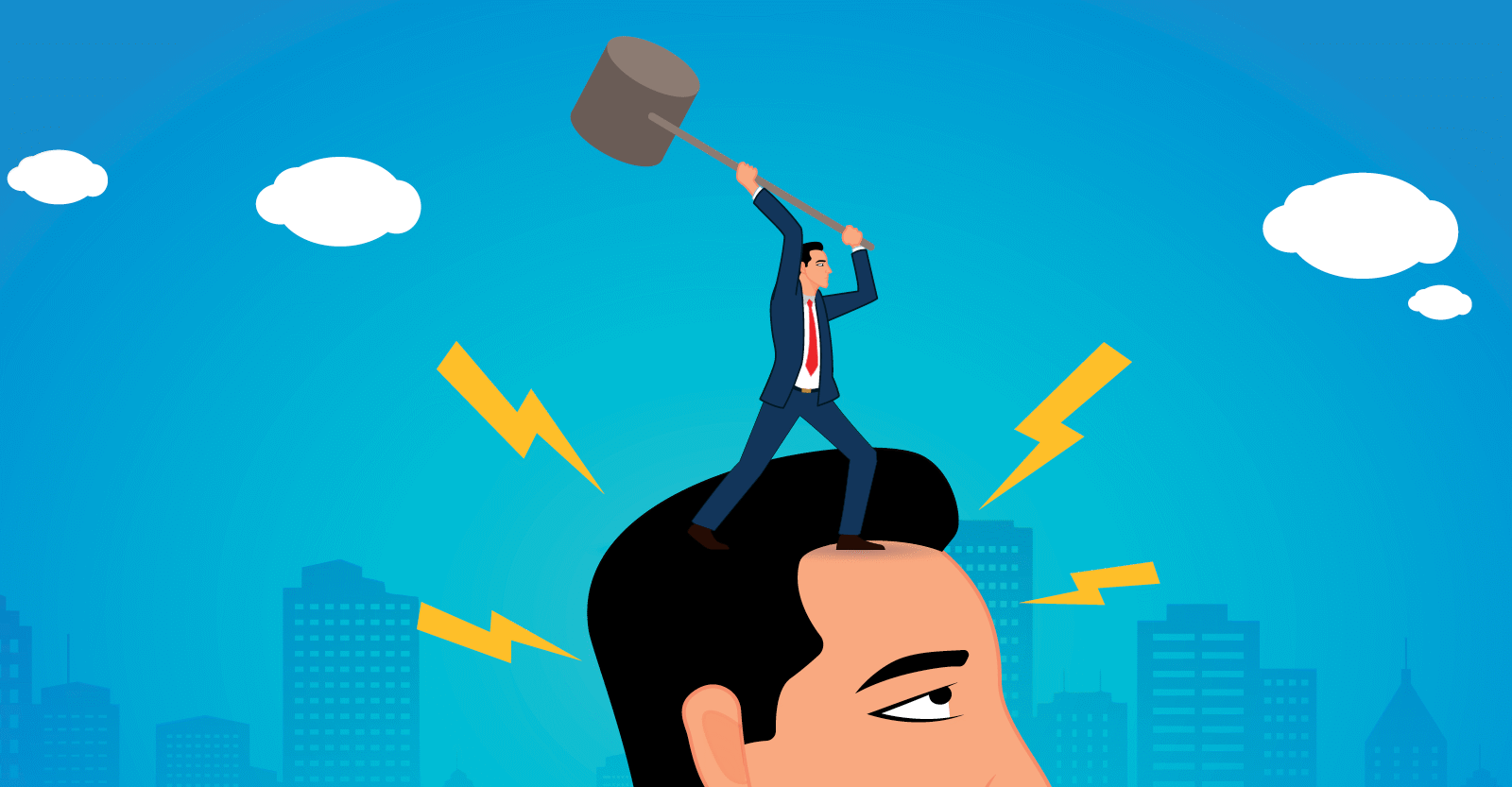Hearing Loss Doesn’t Take a Holiday
Act Now for a Season of Connection & Sound The holidays are a time for
Effective Tuesday, October 15th, 2024 Our TLC Walk-In Hours will be Monday through Friday 11am – noon.


Act Now for a Season of Connection & Sound The holidays are a time for

What You Should Know and What Can Be Done to Help If you’ve noticed

Make Conversations Easier This Holiday Season ’Tis the busiest season of